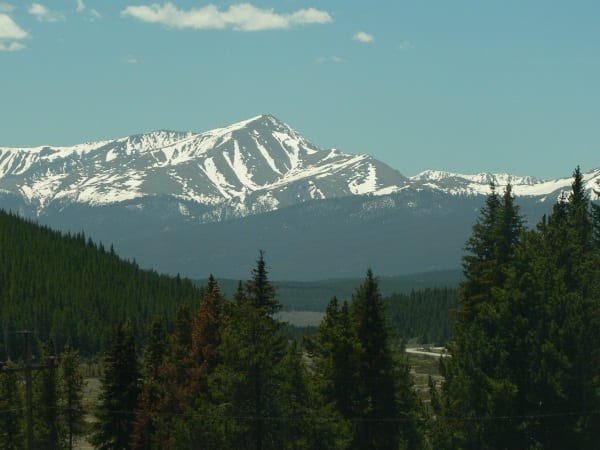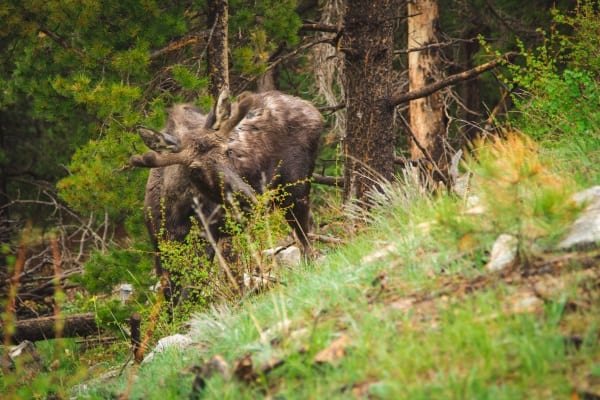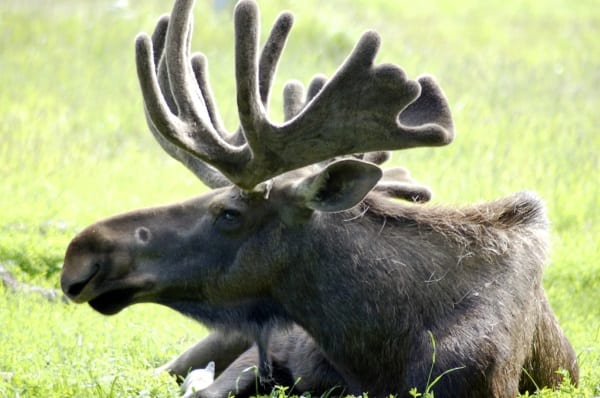
Gorgeous Colorado State Parks: See Wildlife
Colorado State Parks that should be on your bucket list.
The Colorado State Parks system boasts over forty different parks, spanning from the Great Plains to the rolling foothills, and high mountain peaks. However if wildlife sightings are your goal, there are three places you simply can’t miss.
1.) Rocky Mountain National Park
Perhaps the one of the most famous parks in the state, the Rocky Mountain National Park is a huge reserve encompassing swaths of evergreen forest, alpine tundra, and some of the tallest mountains in the lower forty-eight. With so many different eco systems, the odds are good to find all sorts of wildlife.
In lower elevations, look for the riparian (wetland) areas. These life giving creeks and lakes support dense ecosystems of different fish, toads, salamanders and more. It’s easy to conduct your entire wildlife tour here. The park covers over 400 square miles!
Area Spotlight!
The Rocky Mountain National Park is perhaps best known for the bugling of the elk. In the fall, these majestic animals descend from their alpine homes, searching for mates. In order to signal the season for love, male elk make great “roars” that echo hauntingly off the surrounding mountain sides.
Make a trip to Estes Park (in the Moraine or Horseshoe sections) and seize the chance to hear these otherworldly calls. We cannot recommend it enough!
2.) Rocky Mountain Arsenal National Wildlife Refuge
Want to try something different? Check out one of the largest urban refuges in the country (yes, we really mean urban). The park has an extensive visitor center, which offers wildlife tours and nature programs, as well as great orientation information for the site.
Area Spotlight!
For the past 14 years, a pair of endangered bald eagles has made their home by one of the lakes. In fact, it was the first sighting of our national bird that prompted the transition to a national wildlife refuge! Accompanying the eagles are more than 280 more species of birds. Be sure to bring your binoculars and telephoto lenses!
3.) Great Sand Dunes National Park and Preserve
Nestled at the feet of the gorgeous Sangre de Cristo Mountains, this park looks as if some great being stole a bit of the Gobi Desert and dropped it in the middle of Colorado. However, unlike a barren desert, this park is teaming with life. Everything from the chubby American pika to the slinky mountain lion can be found in the park (though some are more easily spotted than others).
Area Spotlight!
For the photographers out there looking to shoot stunning backgrounds in their wildlife photos, the Great Sand Dunes National Park and Preserve is fairly covered with them. There are five gorgeous alpine lakes, a multitude of sub alpine meadows littered with wildflowers and, of course, the iconic windswept sands of the dunes.


